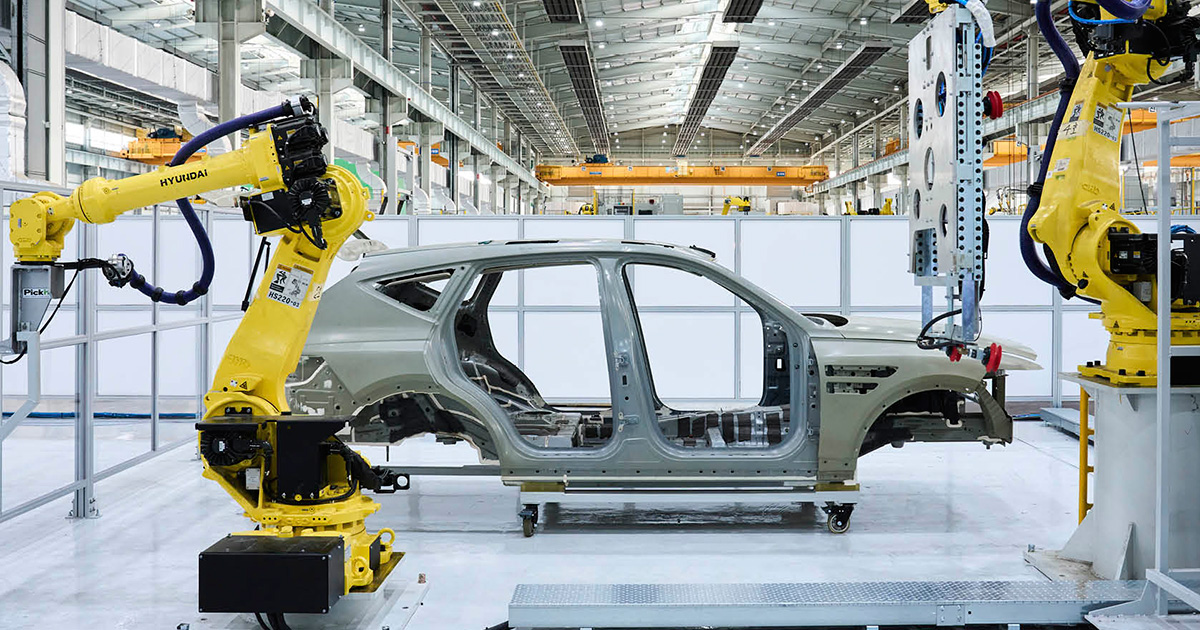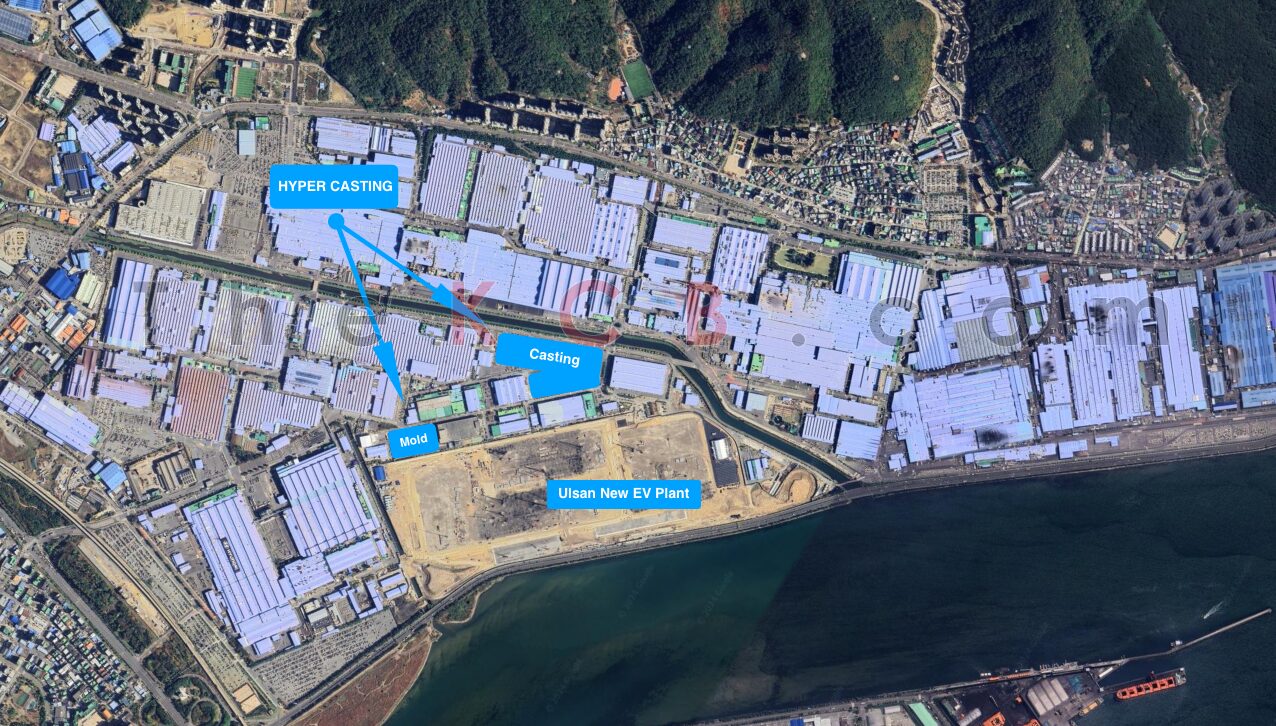Hyundai will introduce HyperCasting technology to produce next-generation electric vehicles

Hyundai Motor Company has officially confirmed the use of HyperCasting technology in the production of its future electric vehicles. This technology is designed to optimise the production process and increase efficiency.
What is HyperCasting?
HyperCasting is an injection moulding method that allows large vehicle components to be manufactured with minimal joints. Instead of assembling a body from many individual parts, HyperCasting involves casting large sections, such as the front or rear of a car, from a single mould. This approach was first used en masse by Tesla.
Benefits of using HyperCasting:
- Cost optimisation: Reducing the number of parts and assembly steps potentially results in lower production costs.
- Improved production efficiency: Casting large components can reduce vehicle production time.
- Increased structural rigidity: Components cast from a single mould can have higher strength and stiffness than welded structures.
- Reducing weight: Using lightweight materials and optimising the design can help reduce vehicle weight, which has a positive impact on the range of electric vehicles.

Satellite image of the construction site of Hyundai Motor's new plant. Photo: The Korean Car Blog
Hyundai has started construction of a plant with HyperCasting technology in Ulsan, South Korea, in autumn 2024. The auto body parts manufacturing facility will be located on a 710,000 square metre site. The plant will eventually house equipment capable of pressurising more than 6,000 tonnes.
Source: thekoreancarblog